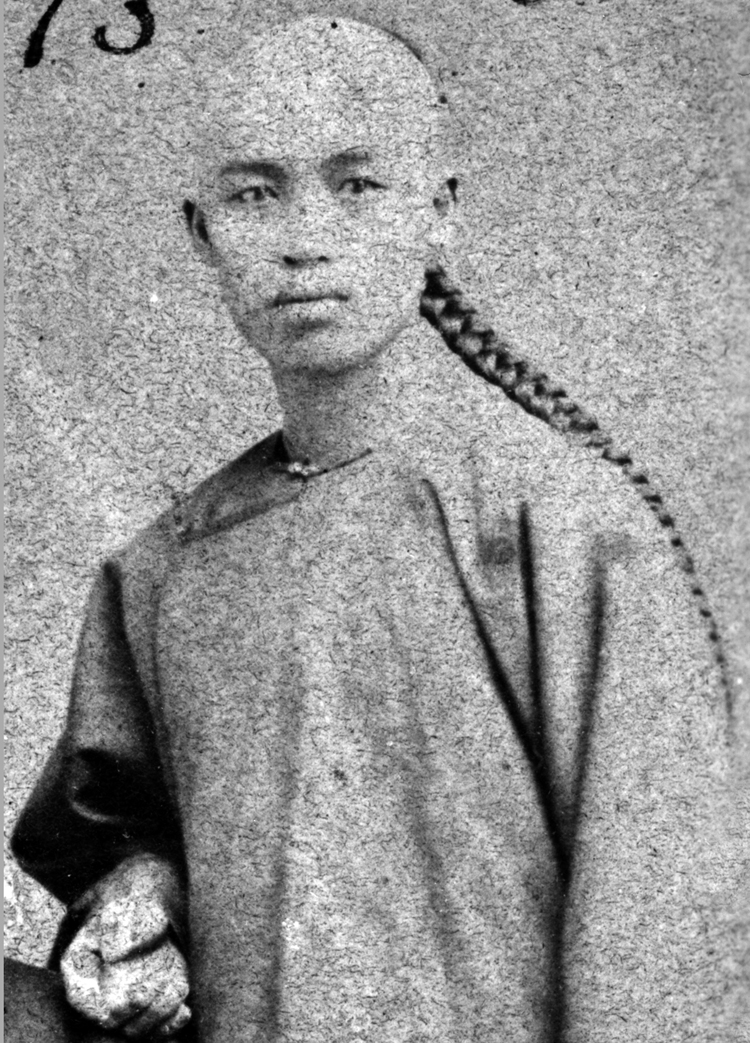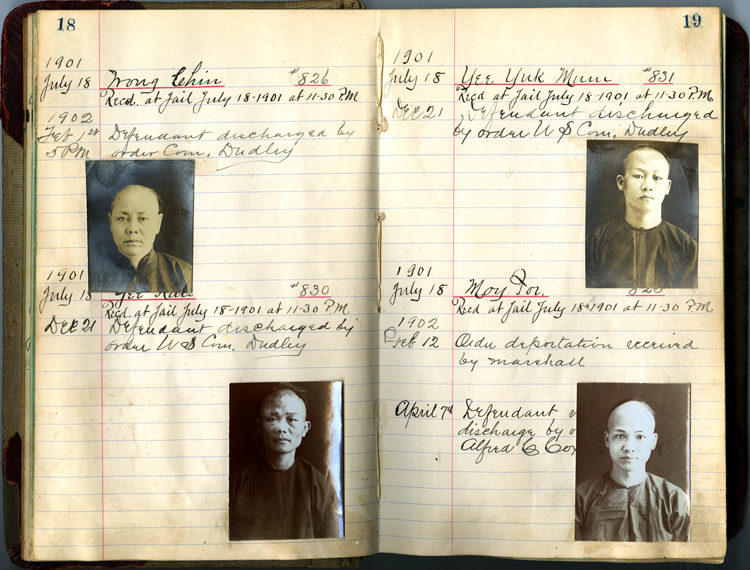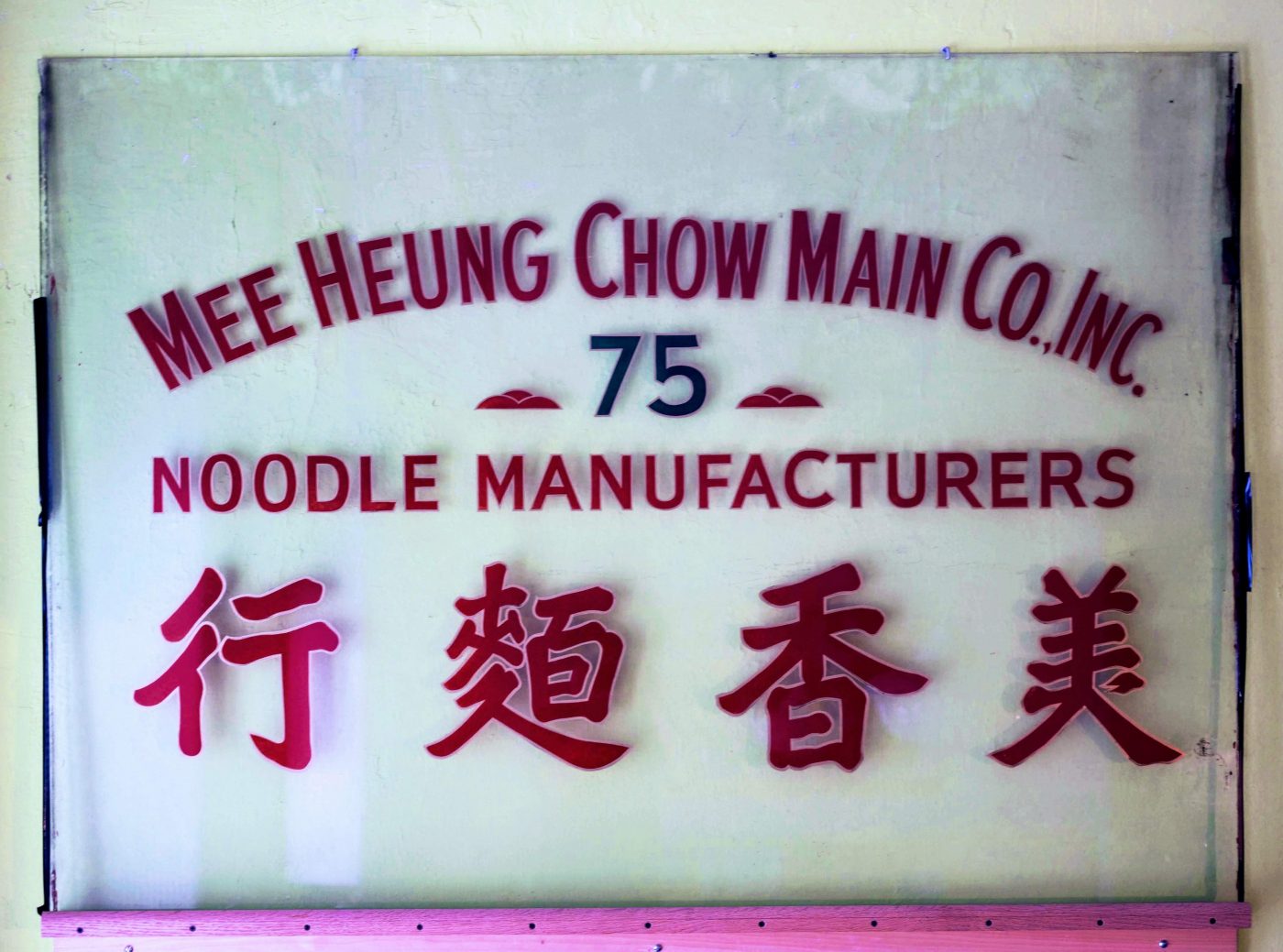Collections馆藏Collections馆藏Collections馆藏Collections馆藏Collections馆藏Collections馆藏Collections馆藏Collections馆藏Collections馆藏Collections馆藏Collections馆藏Collections馆藏Collections馆藏Collections馆藏Collections馆藏Collections馆藏Collections馆藏Collections馆藏Collections馆藏Collections馆藏Collections馆藏Collections馆藏Collections馆藏Collections馆藏Collections馆藏Collections馆藏Collections馆藏Collections馆藏Collections馆藏Collections馆藏Collections馆藏Collections馆藏Collections馆藏Collections馆藏Collections馆藏Collections馆藏Collections馆藏Collections馆藏Collections馆藏Collections馆藏Collections馆藏Collections馆藏Collections馆藏Collections馆藏Collections馆藏Collections馆藏Collections馆藏Collections馆藏Collections馆藏Collections馆藏Collections馆藏Collections馆藏Collections馆藏Collections馆藏Collections馆藏Collections馆藏Collections馆藏Collections馆藏Collections馆藏Collections馆藏Collections馆藏Collections馆藏Collections馆藏Collections馆藏

16 September 2019 Posted.
Image of Ah Quin taken from the Museum of Chinese in America’s (MOCA) core exhibition, courtesy of the San Diego Historical Society.
美国华人博物馆(MOCA)核心展阿坤的照片,圣地亚哥历史学会提供
阿坤(谭聪坤Ah Quin 1848-1914)在中国移民美国的初期是一位特殊的人物。他写日记,因此留下了大量关于那段时期生活的第一手资料。阿坤出生于广东,1868年被家人送到加州之前,他曾在广东接受过教会英语教育。他曾在旧金山、圣巴巴拉和阿拉斯加做过各种各样的零工,包括做家仆和厨师,同时一边继续他的宗教研究,一边学习做买卖。在阿拉斯加时,阿坤剪掉了自己的辫子,标志着他把美国作为自己的家的决心。
阿坤的教育背景和双语能力为他打开了许多大门:他曾在位于圣地亚哥的加州南部铁路公司(California Southern Railroad)做过五年的劳工经纪人,之后涉足销售和房地产领域。他成为了圣地亚哥社区受人尊敬的领袖,并赢得了“唐人街市长”的非官方头衔。1877年至1910年间,阿坤写了冗长的日记,用了10本日记本,其中大部分都是用英语记录的日常生活。除了这些文字记录以外,阿坤的家族世世代代都传承着关于阿坤生活的翔实的口述历史。阿坤的遗产不仅丰富地描绘了20世纪之交中国人在美国的经历,而且表明了社会和个人记忆在保存边缘化历史方面的重要性。


